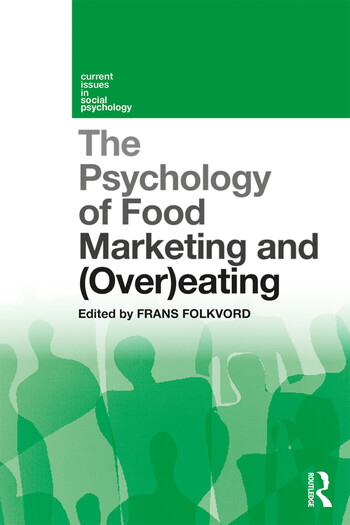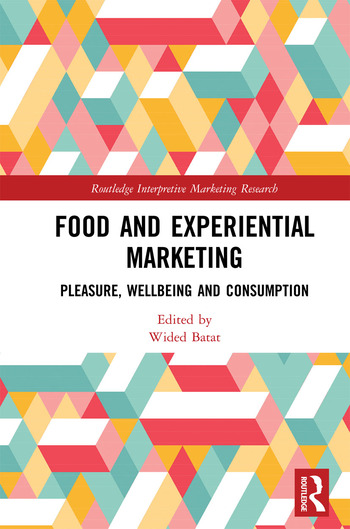Milk Among Beverages

August 2011/Prepared Foods -- Per research from Beverage Marketing Corporation, soda remains the most-consumed beverage in the U.S., with the average consumer enjoying nearly 45 gallons of the fizzy drinks. Among alcoholic beverages, beer continues to lead the way, despite the surge in popularity of spirits and wine—the latter no doubt helped by its healthier perception. The average American downed nearly 21 gallons of beer in 2010.
Bottled water consumption increased significantly from its 2005 numbers, an indication that the environmental concerns consumers might have surrounding single-serve plastic bottles may have been unfounded, or at the least, premature. One of the fastest-growing segments has been energy drinks, which has more than doubled over the period under review, as a number of new entrants have made their mark, and the energy shot has made headway.
“Two overriding trends that we’ve seen in recent years are consumer demand for variety and consumer demand for healthier refreshment,” said Gary Hemphill, managing director-chief operating officer at Beverage Marketing Corp.
As such, milk could attempt to capitalize on both of those demands. The dairy drink has a number of established health benefits (bone health, energy and immunity among them), plus chocolate milk has recently been noted as providing a benefit to athletes after a workout. While chocolate may be all the flavor many consumers need from their milk, there have been some recent innovations in milk flavors, one being Kemps’ test launch of Root Beer Milk in the Minneapolis/St. Paul region. pf
Bottled water consumption increased significantly from its 2005 numbers, an indication that the environmental concerns consumers might have surrounding single-serve plastic bottles may have been unfounded, or at the least, premature. One of the fastest-growing segments has been energy drinks, which has more than doubled over the period under review, as a number of new entrants have made their mark, and the energy shot has made headway.
“Two overriding trends that we’ve seen in recent years are consumer demand for variety and consumer demand for healthier refreshment,” said Gary Hemphill, managing director-chief operating officer at Beverage Marketing Corp.
As such, milk could attempt to capitalize on both of those demands. The dairy drink has a number of established health benefits (bone health, energy and immunity among them), plus chocolate milk has recently been noted as providing a benefit to athletes after a workout. While chocolate may be all the flavor many consumers need from their milk, there have been some recent innovations in milk flavors, one being Kemps’ test launch of Root Beer Milk in the Minneapolis/St. Paul region. pf
Looking for a reprint of this article?
From high-res PDFs to custom plaques, order your copy today!








